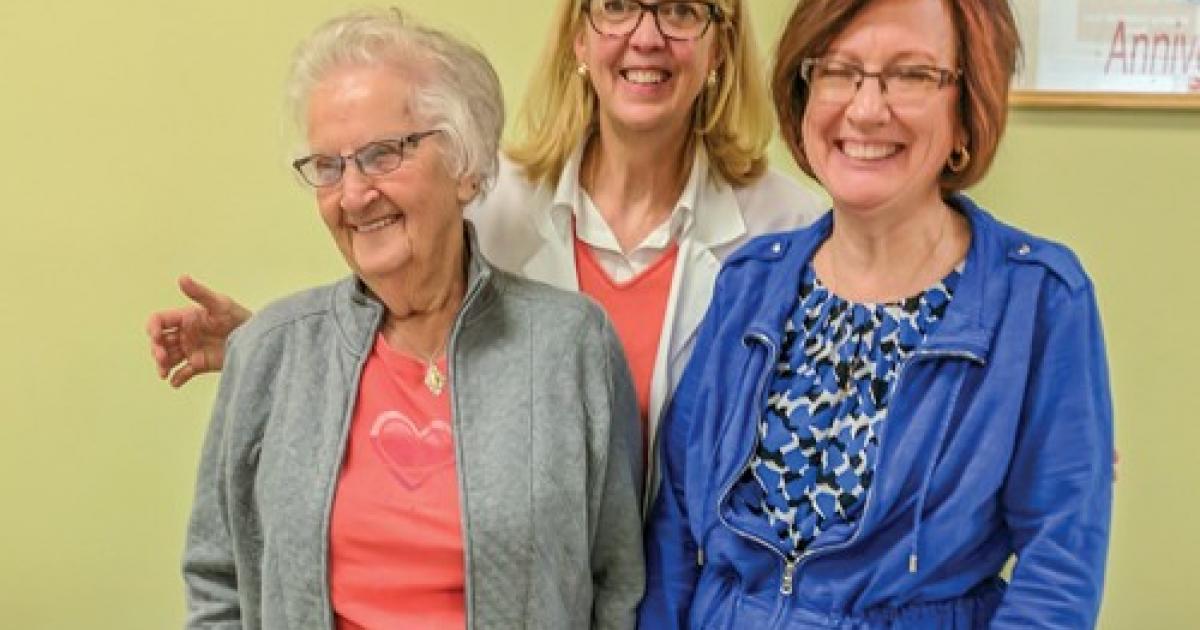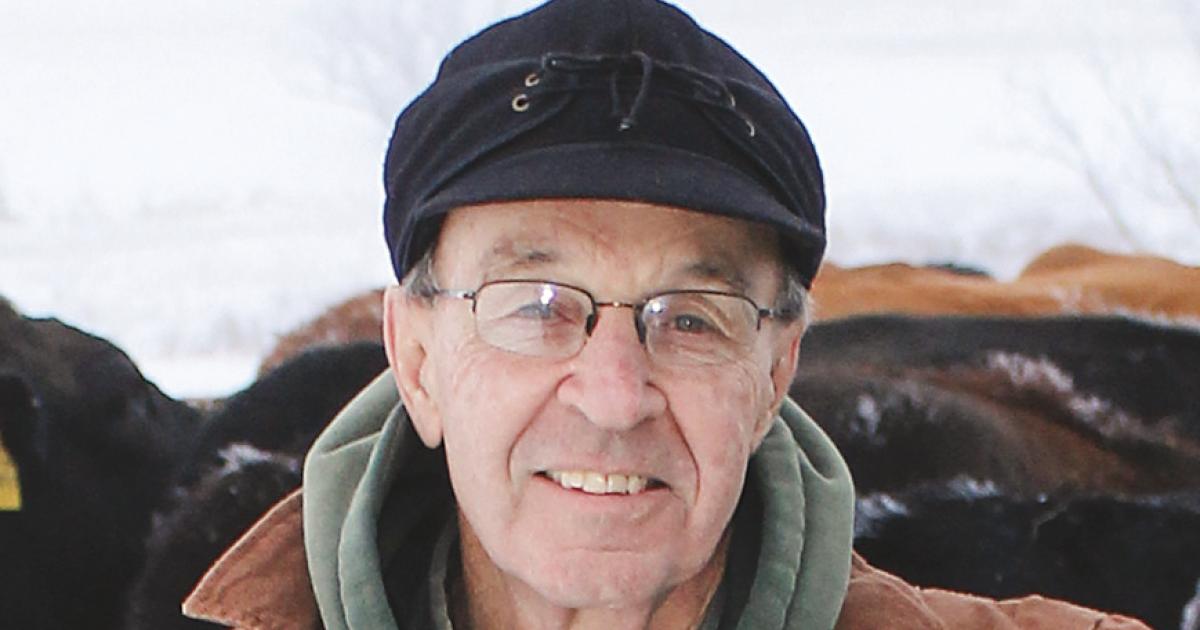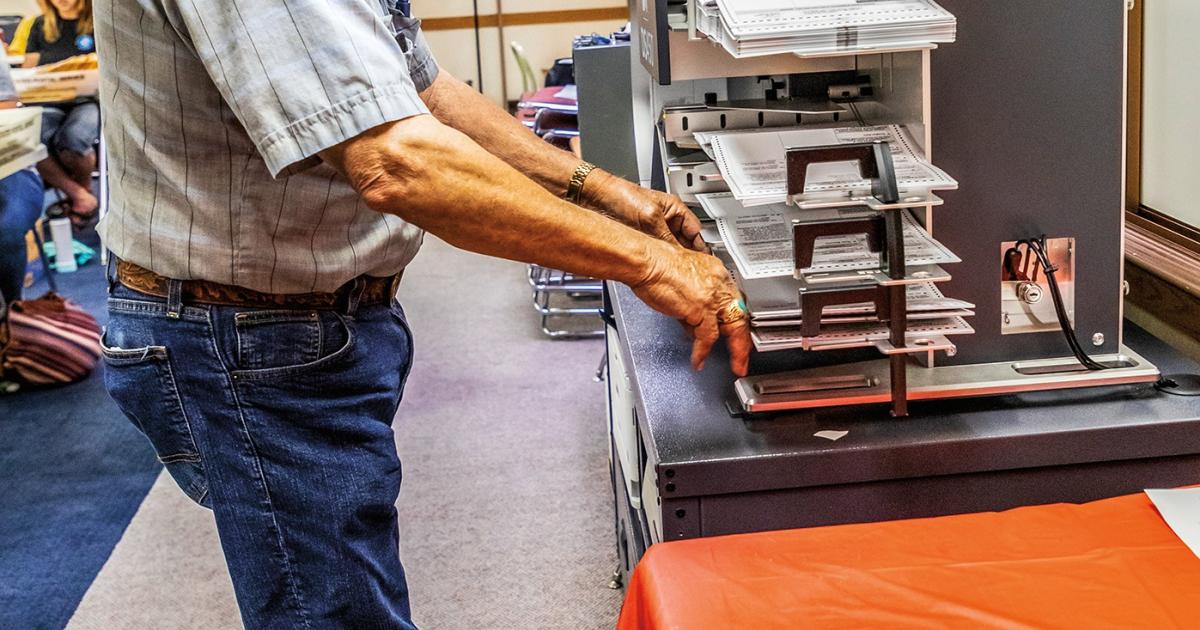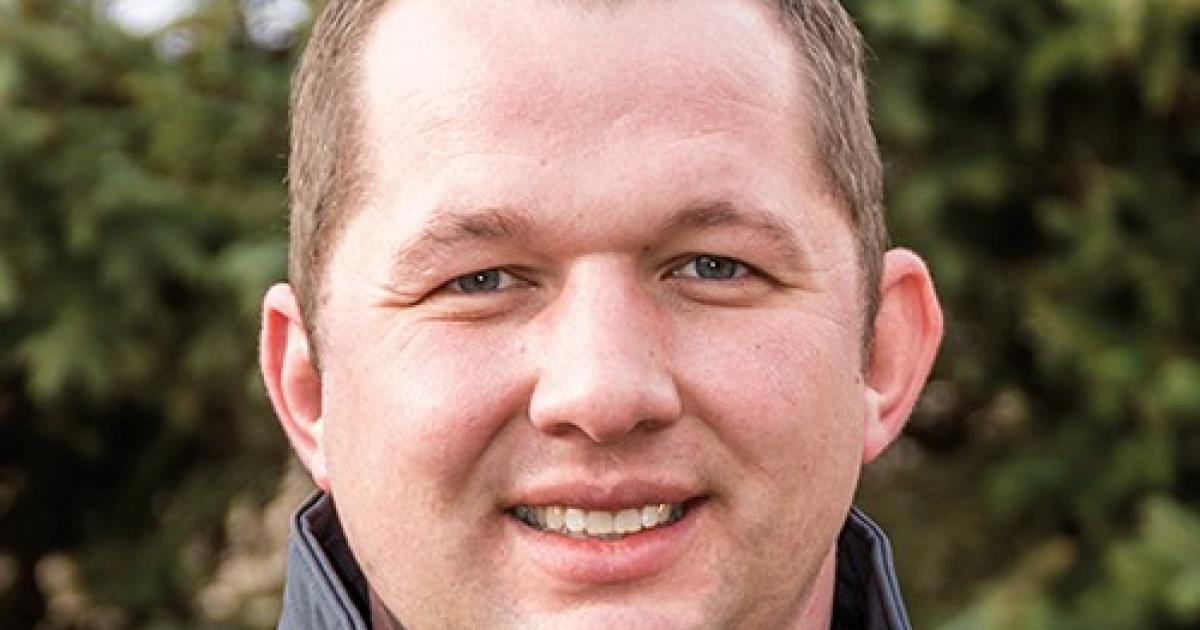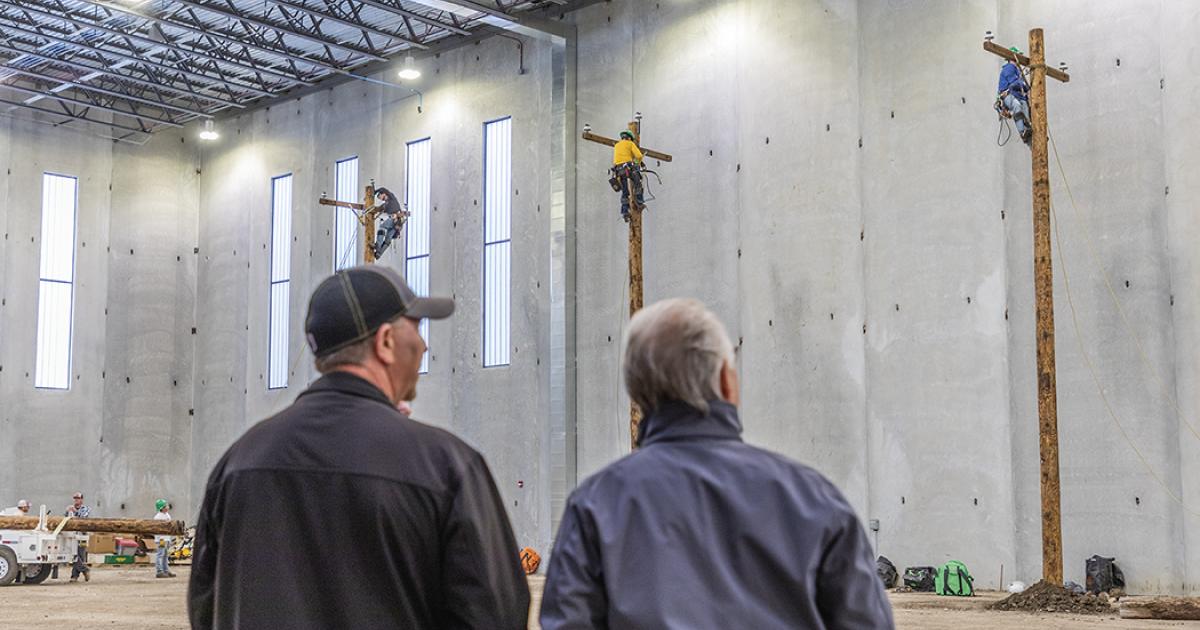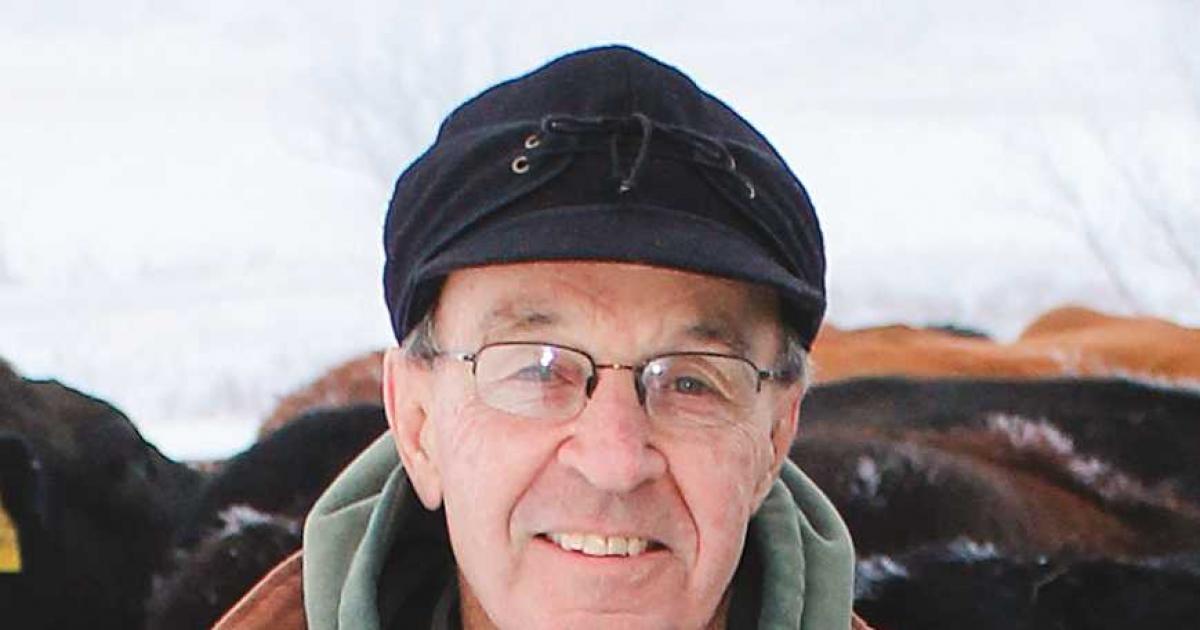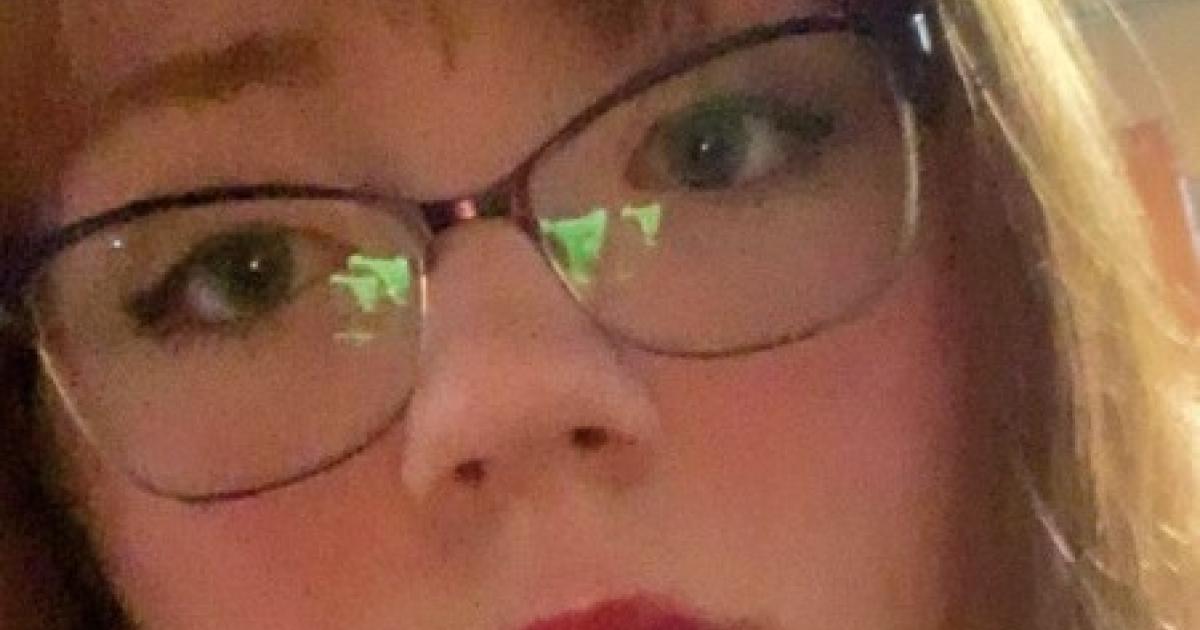Thirty or 40 years ago, most rural hospitals performed general surgeries. They delivered babies, repaired hernias and removed gallbladders. It also was common at that time for a patient to spend seven days in the hospital after a procedure.
Dr. Mary Aaland, center, taught a “stop the bleed” class in Linton in November. The program teaches nonmedical people how to apply tourniquets and pack open bleeding wounds. Aaland has taught more than 130 people in the classes with the help of local emergency medical services providers.
Today, 65 to 70 percent of general surgery is done on an outpatient basis.
“Now, it’s in and out,” said Dr. Mary Aaland of the Department of Surgery at the University of North Dakota School of Medicine and Health Sciences (UNDSMHS).
Most of these outpatient surgeries could be done at rural hospitals. “We need to re-establish surgery as part of the health care team,” Aaland said.
Aaland was hired to help develop the Rural Surgery Support Program (RSSP), which was started in July 2014 by the Department of Surgery at the UNDSMHS. Since its inception, RSSP has provided coverage for rural surgeons in North Dakota who need time off. Rural hospitals appreciate the opportunity to have coverage by a surgeon who is known, licensed and credentialed in the state.
RSSP also has helped recruit surgeons in rural communities.
“There is a drastic shortage of physicians in this state,” Aaland said, adding that there’s an even greater shortage of general surgeons.
There are many reasons why it’s difficult to recruit and retain rural surgeons. For one, it’s hard to find someone to cover for a rural surgeon when he or she wants to take a vacation or attend educational programs or trainings. Many critical access hospitals have just one surgeon. That surgeon may be on call 24 hours a day, seven days a week for long periods of time, which can lead to burnout.
RSSP can help. The support provided by RSSP is tailored to the individual needs, personalities and assets of the communities. “Every community is different,” Aaland said.
Aaland doesn’t come into a rural hospital and dictate to the staff what they need to do. Instead, she listens and learns about the hospital and the community. She said the hospitals and the communities they serve know what they need, and she tries to provide guidance to help meet those needs.
When RSSP first started, Aaland visited all 39 rural hospitals in North Dakota to explain the program’s mission and its potential benefits. Ever since those initial meetings, response to the program has been incredibly positive.
Aaland wants to see high-tech, high-quality general surgeries done at local rural hospitals, so patients don’t have to travel 100 to 150 miles for care. Her goal is that, as a team is built, almost 65 percent of the general surgical needs will be able to be met locally. She doesn’t want anyone to have to travel more than 50 miles for general surgeries. In less than three years, she’s almost achieved that goal.
Having people travel long distances for general surgeries has financial and emotional costs. What Aaland is trying to do is manage health care dollars wisely. For example, a wheelchair-bound nursing home resident needed an outpatient procedure that Aaland could perform locally. Not only did this save the cost – both monetarily and emotionally – of transporting this patient by ambulance to a hospital many miles away, it allowed the patient the comfort of being close to home and allowed the patient’s family to be there for support as well.
“What is the best thing for the patient?” she asked. “That is what guides me.”
Part of surgical care is prevention, including cancer prevention. According to Aaland, colonoscopies, endoscopies and “lumps and bumps” are things that can be handled readily by rural surgical teams. Aaland recently did four colonoscopies at one facility, and she believes two probably wouldn’t have had the procedure done if they had been required to travel to the nearest city to do it. Aaland also can work with city doctors and arrange to do pre-ops locally and save patients a trip.
Right now, Aaland is playing a dual role. She’s doing surgeries in rural hospitals herself while trying to attract other surgeons to these areas. Her goal is to recruit enough surgeons that she puts herself out of business – and she’s on her way. She recently hired two surgeons who are helping in Jamestown and Devils Lake. She’s also building surgical teams, including equipment and personnel, at McKenzie County Hospital in Watford City. In addition, she helps at a number of other rural hospitals in North Dakota, including West River Health Services in Hettinger, Cavalier County Memorial Hospital in Langdon and Heart of America Medical Center in Rugby. She’d like to help other communities as well, she said, but she is still working out the details.
Aaland keeps up quite a pace working with the RSSP. In September, for example, she was only home three 24-hour periods. But she can see that she’s making a difference and that helps keep her going. Along with her work setting up local surgical teams in rural hospitals across the state, a couple of other surgeons have followed her lead and begun working in rural areas of the state as well.
“Being copied is good,” she said.
A native of Northwood and a 1982 graduate of the UND School of Medicine, Aaland is certified by the American Board of Surgery in surgical critical care and general surgery. After owning and operating a private medical practice in Fort Wayne, Ind., for more than two decades, Aaland wanted to give back to her home state, and RSSP has proved to be the perfect avenue to do so.
Even when she’s not working in rural hospitals, Aaland is spending time in those communities, making sure she’s visible. She enjoys walking, and a friendly “hello” during a stroll can go a long way in a small town.
And what kind of feedback does she get from the hospitals and patients with whom she works? “The feedback is I still have a job,” she said with a chuckle.
Brenda Haugen is the communications specialist at the Center for Rural Health, UND School of Medicine. Established in 1980, the Center for Rural Health (CRH) is a department within the School of Medicine and Health Sciences at the University of North Dakota in Grand Forks. CRH connects resources and knowledge to strengthen the health of people in rural and tribal communities. The Center also helps rural communities build their health care services through collaborations and initiatives with a wide range of partners.


